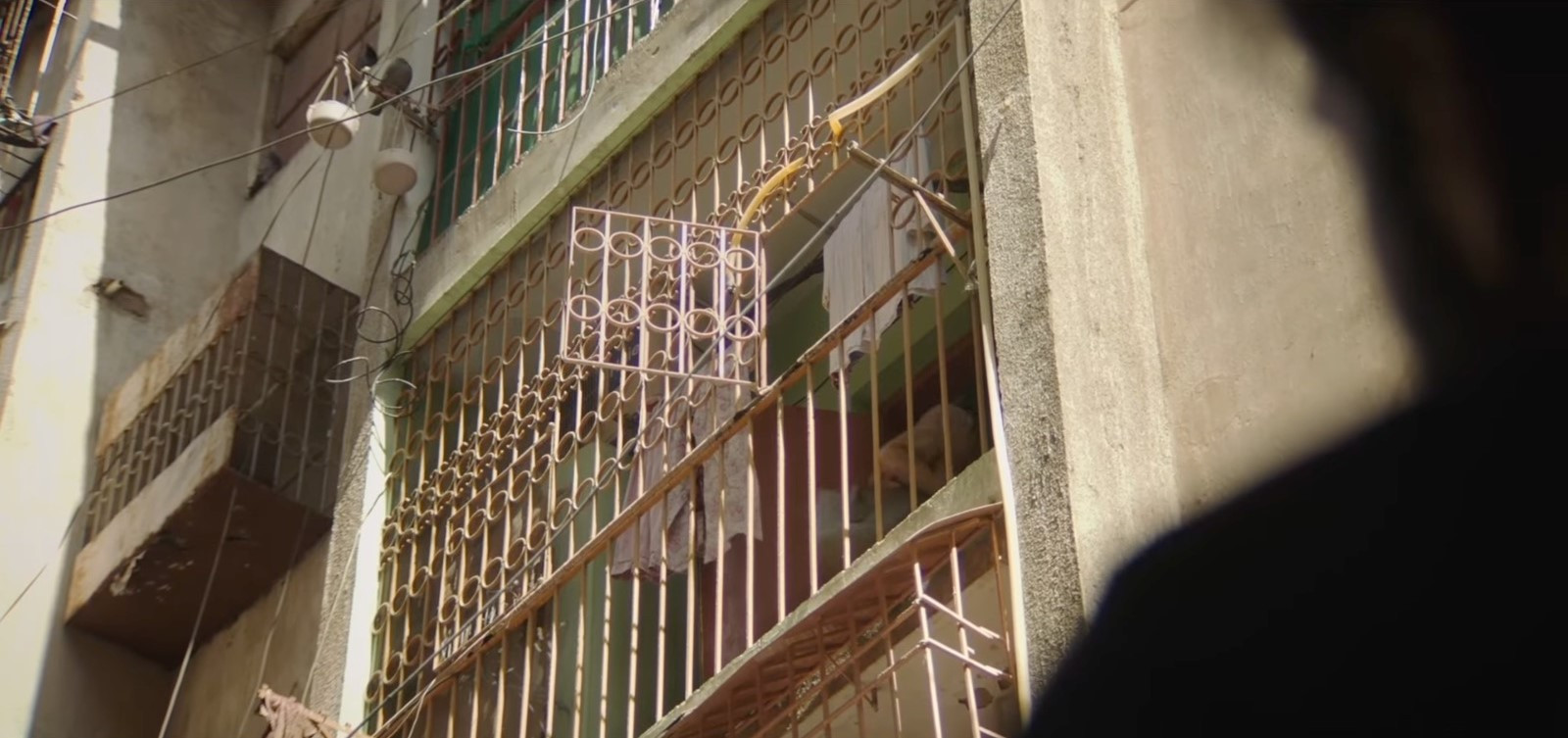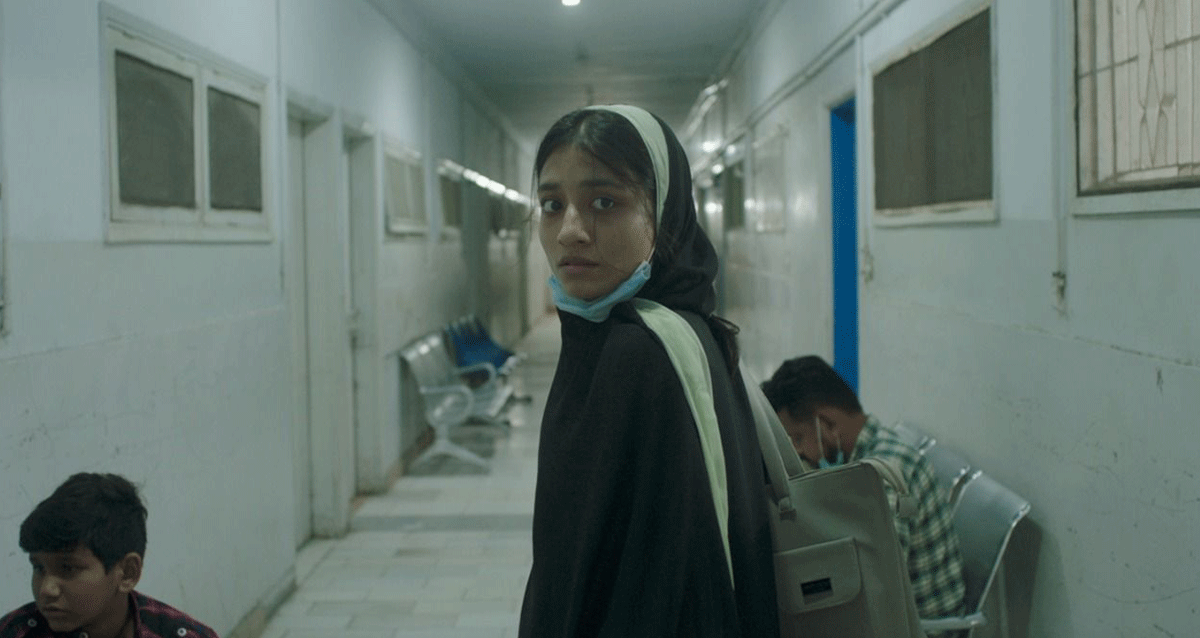Death lingers in the city’s air; the vultures tighten their flight in the sky overhead, always watching. Developed out of his 2018 short film, Dia, Pakistani-Canadian director Zarrar Kahn makes a strong debut with In Flames, a genre film depicting the psychic horrors of patriarchy.
Anam Abbas is Kahn’s collaborator as the producer for the project that marks Pakistan’s return to the Cannes Directors’ Fortnight since Jamil Dehlavi’s entry The Blood of Hussain was selected in 1980. It is easy to see why In Flames has garnered festival buzz with a stellar sound design and evocative visuals, bagging a nomination at the Toronto International Film Festival.
The opening sequence situates the family of three in the aftermath of a death. Ramesha Nawal is refreshing as Mariam, a medical student at crossroads of a guarded cynicism necessary to survive in Karachi and a new summer romance.
Bakhtawar Mazhar offers a brutal portrayal of a middle-class widow, Fariha, too busy dealing with her late father’s debts and tending to a young school-going son, Bilal, to parent her daughter. Enter Uncle Nasir, played by Adnan Shah Tipu, and his generous offer to settle their debts.
Natasha Noorani’s breakup song Choro flanks the film’s central romance; it also predicts its tragic end and sits atop like a haunting. Stylistically, the film’s sound design has more purchase than its stunning cinematography in forging its claim to the horror genre.
In a bid to escape the confines of her house after her grandfather’s funeral, Mariam takes the car out for a drive. A light pop tune plays on the car radio like a warning bell before a strange man breaks in with a brick, the sound of the impact eerily absent. The encounter breaks the union of sight and sound; of flesh and mind. The remainder of the film will be haunted by silent ghosts lurking in the periphery and the jarring clang of metal - remnants of a buried past.
Mariam’s love interest, Asad, appears suddenly at the scene of crime, very persistent, much like the man with the brick. We see him first peering at the camera from her broken car window. Soon Asad is playing the "good guy", picking fights with random men on the street and urging Mariam to file a police complaint.
When he asks for her number right after they leave the police station, Mariam complies to reward the "good guy." But something remains amiss. Strange things happen as the young couple grows closer. At night, she talks to him on the phone while a man sits in a chair in the dark of her room.

Kahn’s partnership with his Director of Photography Aigul Nurbulatova translates well on the screen. Tight, medium shots add to the film’s building dread. The camera spies from behind the curtain tassels and through open doorways. Mariam’s balcony is one recurrent space from where she watches the street from the balustrade, always behind bars, always being watched.
The film was shot entirely on location in a bustling neighbourhood in Gulistan-e-Jauhar which grounds the project in a very familiar everyday for the average Karachiite. Between spirits of the dead and battles over inheritance rights, Mariam and Fariha fear both the seen and the unseen as generational trauma and patriarchy turn the two towards each other.
In Flames mines the ordinary for its horror; its monsters look like what could have been. The doting boyfriend, the helpful uncle, the rickshaw driver are the good guys, the film repeatedly reminds - until they are not. The camera mimics the rickshaw driver Saleem's unsettling gaze right from the start but Mariam returns home safe.

Is it in our heads? There is no ‘evidence’ to substantiate this feeling. We are invited to doubt ourselves as Mariam interacts more frequently with yet another self-appointed saviour in her life. For a film heavily touching upon sexual violence, it does a remarkable job at saying a lot in implication without taking its subject as a creative licence for sensationalism, as is often the case with horror films centering on such themes.
The narrative's generic resort to murder as the spectacular tool of catharsis is perhaps its only weakness. But In Flames succeeds in capturing the unshakeable dread of what if? that permeates every encounter and lingers long after it has ended.


